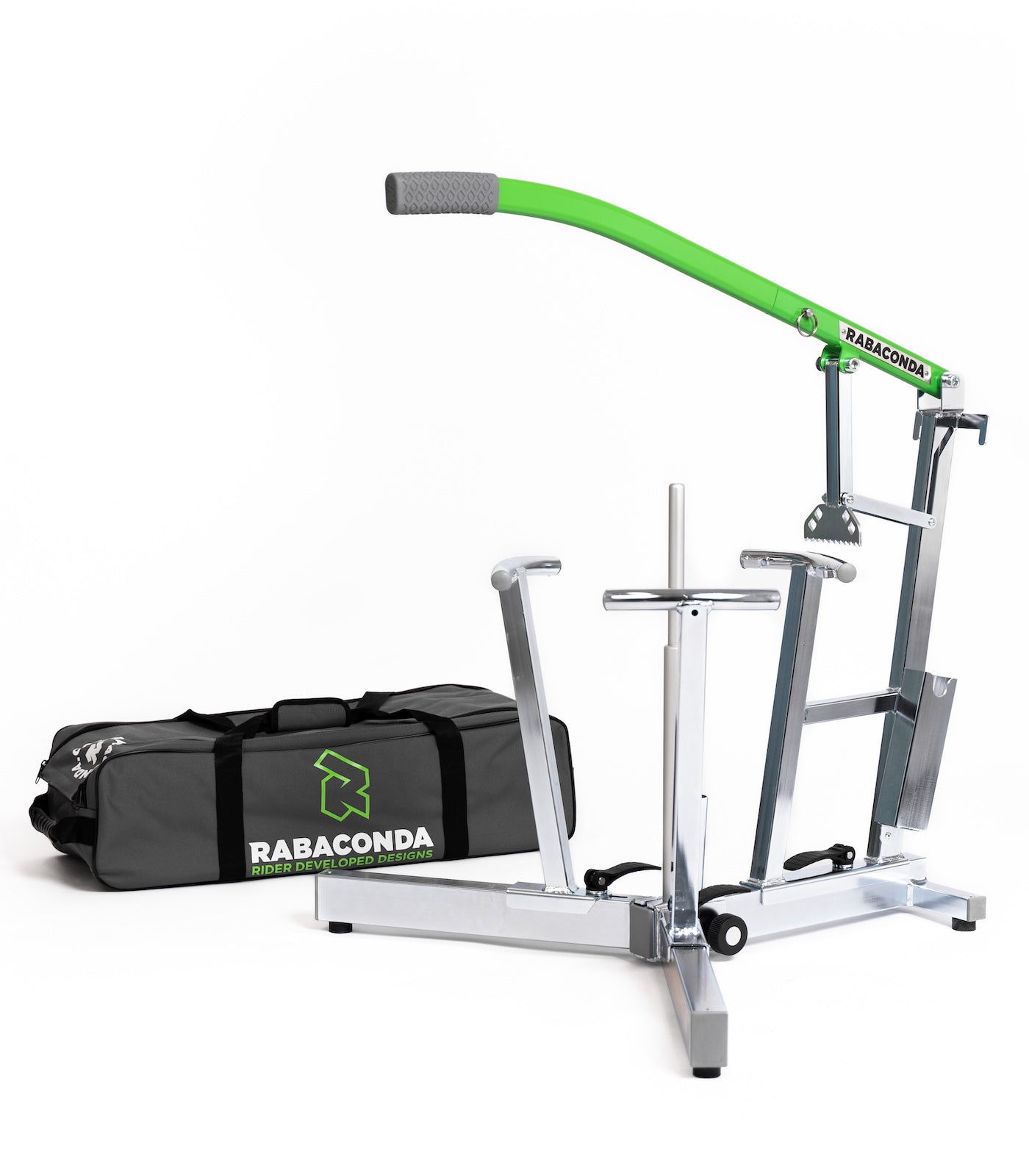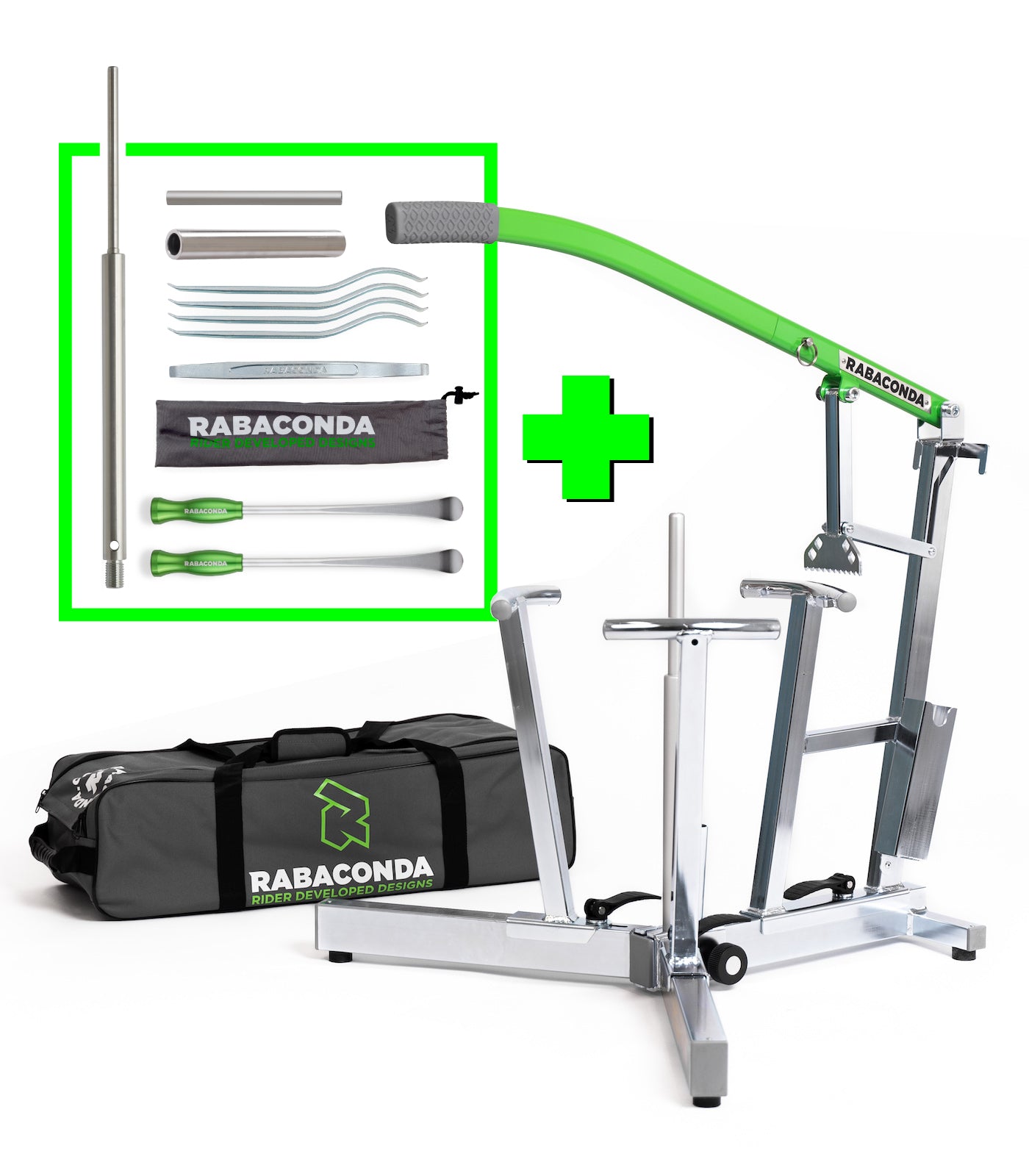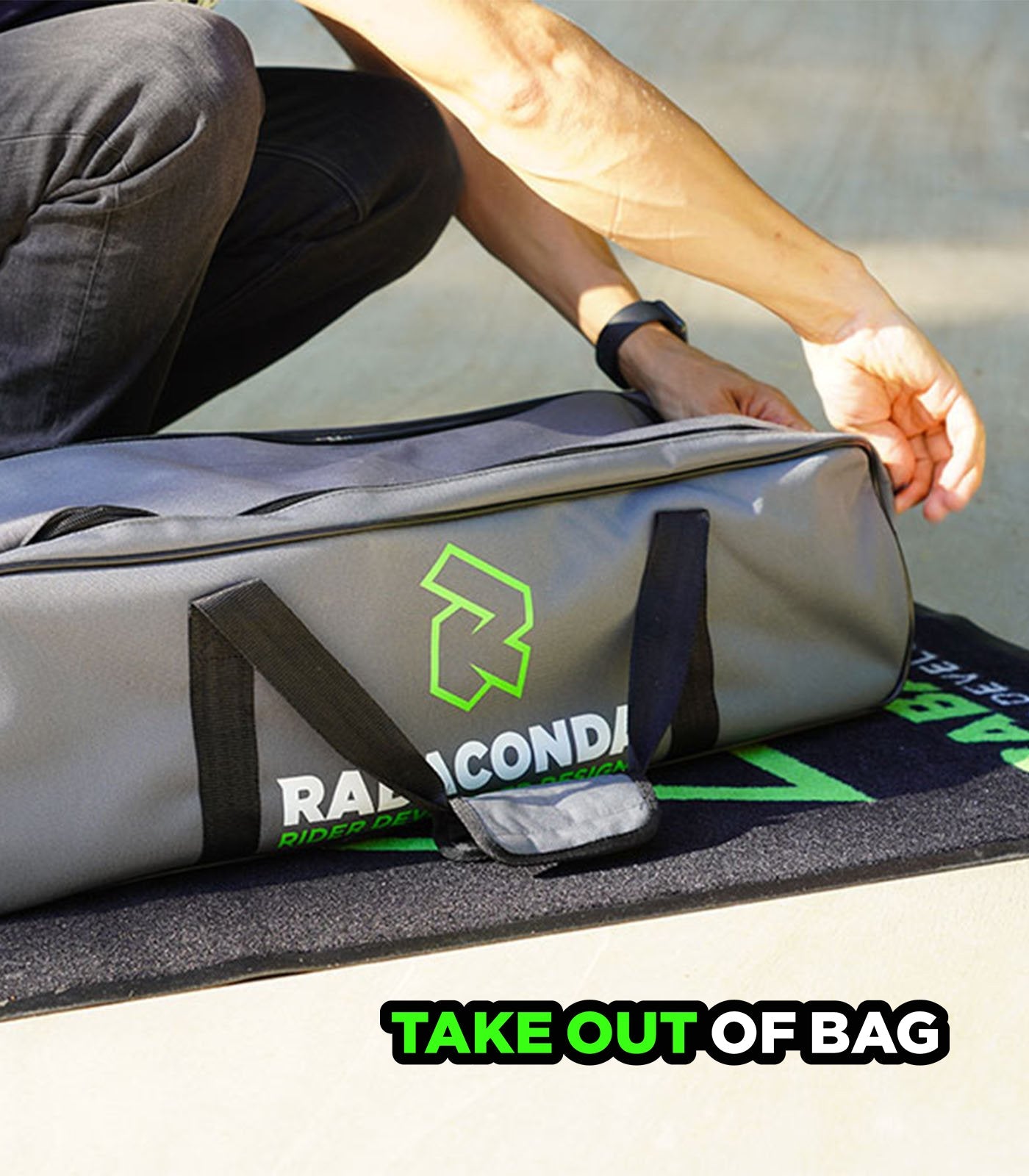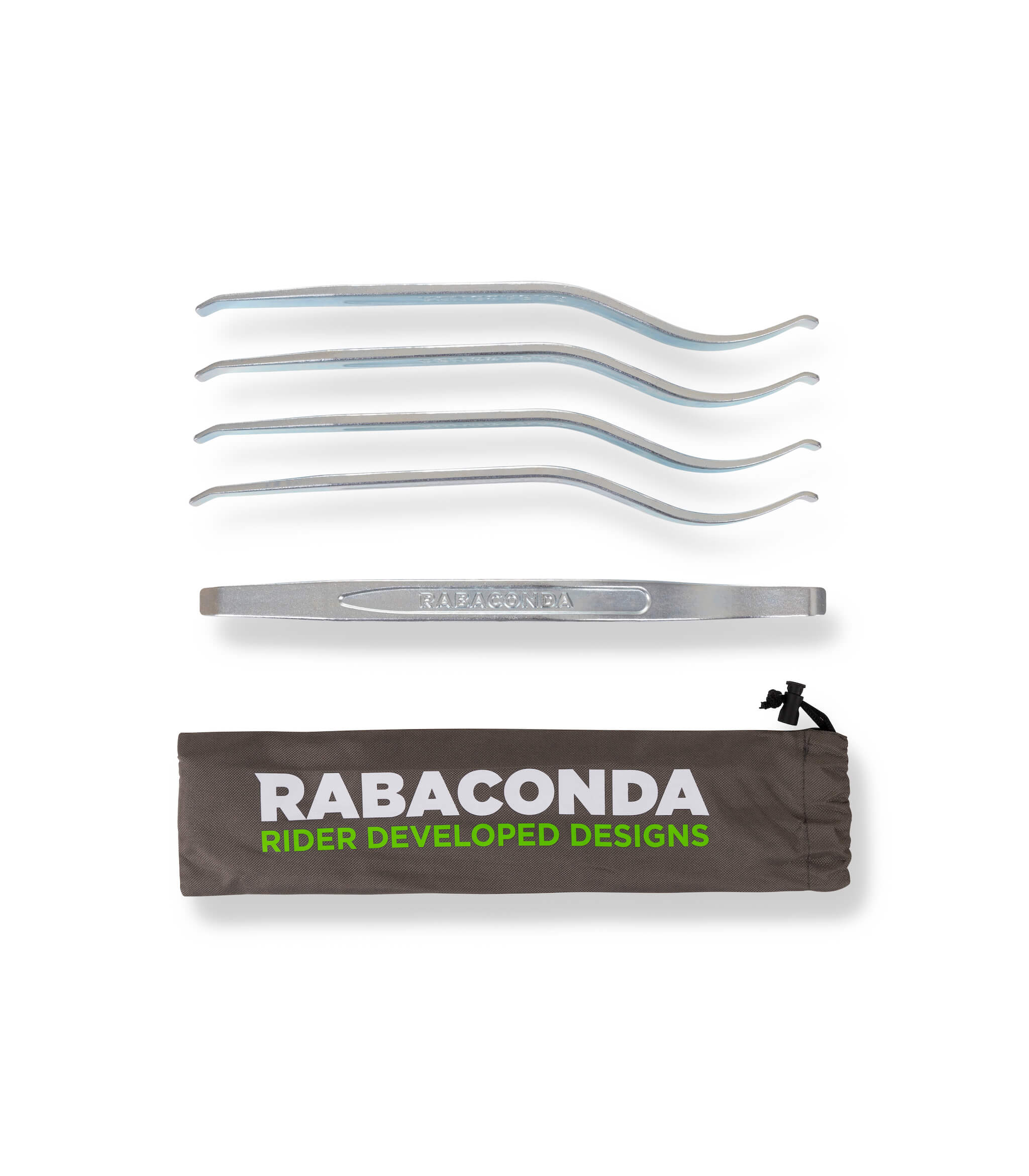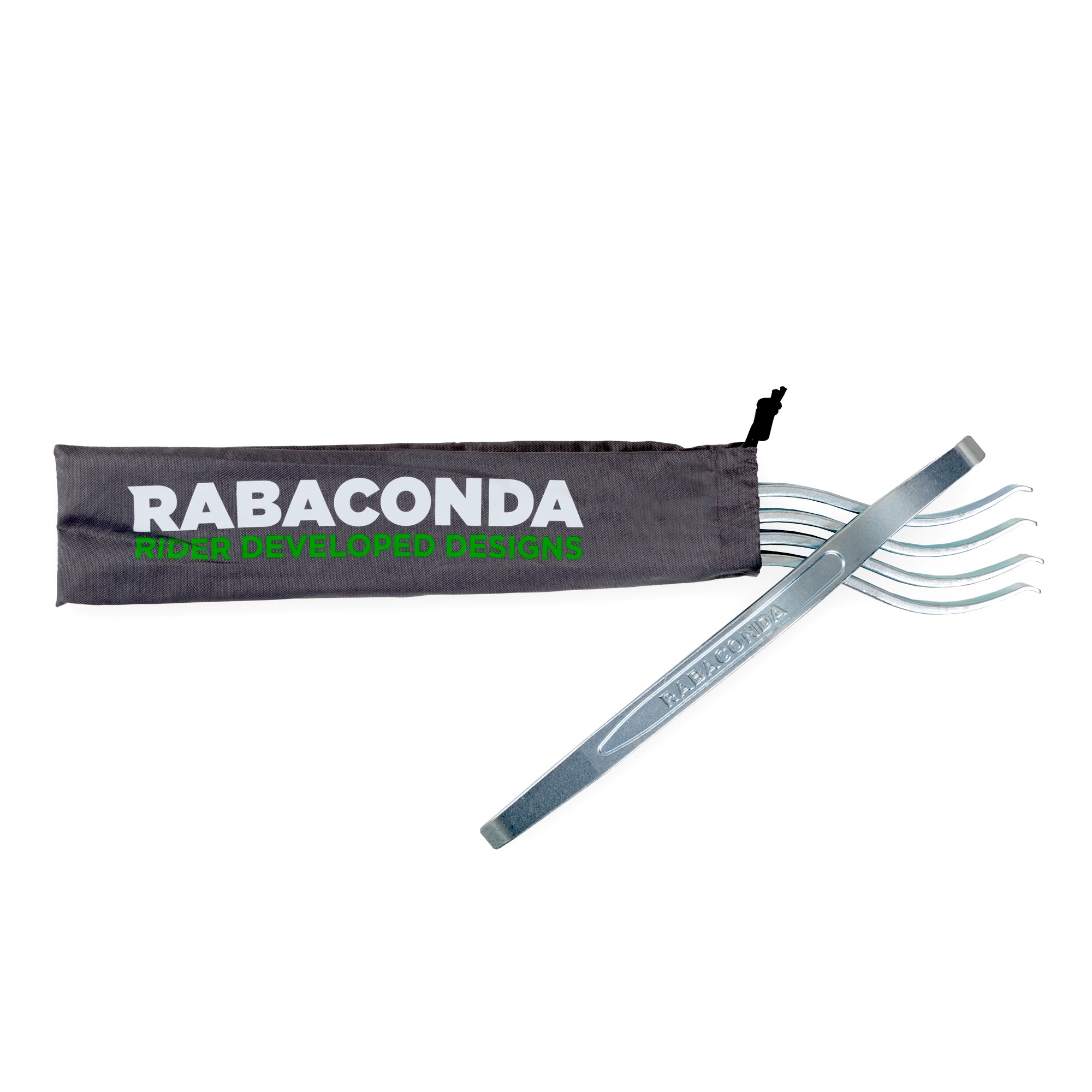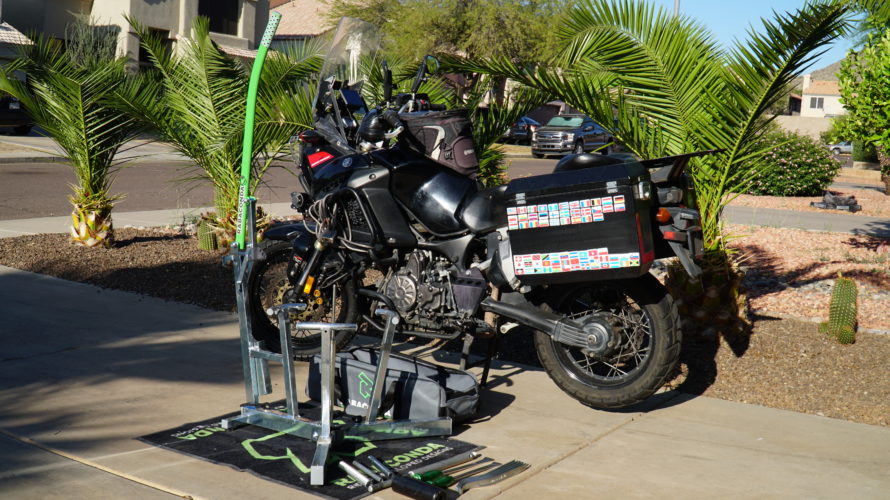When to Change a Motorcycle Tire

You know you should always keep an eye on your tire inflation and wear - after all, decent rubber is what keeps us upright. But do you know when to change a motorcycle tire? It all depends on the type of riding you do, what you ride and how often you ride. Whether you take your bike to a shop to be shod or change your own tires, it’s important to know when is the time for new rubber and how often you should be changing the tires.
Some tires may last anywhere from 1,000 to 5,000 miles, or two to three years - but this is just a ballpark figure. If you mostly ride dirt and abuse your tires on rough terrain, you may need to replace them a lot more often than someone who mostly commutes to work or does weekend ride-outs on the twisties. If you’re an adventure rider going on a six-month journey, your tire wear will differ, too.
In this quick guide, we’ll go over tire wear signs, expiration dates and other factors to help you figure out when to change a motorcycle tire - and how to do it yourself.
Motorcycle Tire Life Expectancy
Most tire manufacturers recommend using the tires no more than five years from the date they’ve been made. You’ll find the manufacturing date on the sidewall of the tire: it’s a four-digit number, the first two digits identifying the week the tire was made and the last two digits marking the year. In other words, if the number on the sidewall of your tire says 2421, that means the tire was made on the 24th week of 2021.
If your tires are more than five years past their manufacturing date, it’s time to change them. Over the years, the tires dry out and harden, which makes them more prone to cracking and losing grip.
When to Change Dirt Bike Tires
Manufacturing date aside, the next thing to look out for is tire wear. Even if your tires are new, you may need to change them more often depending on how often you ride, what kind of terrain you ride, and what bike you’re on. Most dirt bike tires may last up to a year or two, but if you ride daily, the lifespan of your tires can be reduced to just a few months. If you race, the lifespan will be even shorter, and if you’re mostly riding rough surfaces (gravel, rocks), your tires will wear faster.

A good way to figure out if your tires are too worn is by looking at the knobs of the tire. If they’re rounded instead of square, you’ll have significantly less grip. Next, see if the wear is even: often, the tire will wear faster in the middle leaving it looking square. If this happens, it’s time to swap them out.
When it comes to changing dirt bike tires, a lot will also depend on whether they’re soft or hard compound tires. Check out this post to find out more about when to change dirt bike tires and how to tell they’re too worn to be safe.
When to Change Adventure Motorcycle Tires
Generally, adventure motorcycle tires will last longer than dirt bike tires. Some ADV tires may last for as long as 6,000 miles, especially if you ride on and off the road in more or less equal measure.

To determine when’s a good time to change your adventure motorcycle tires, check the manufacturing date, then look for signs of wear. If the tread is looking tired, and if the tire is wearing unevenly, it’s best to change them as soon as you get a chance. Equally, don’t forget to check your sidewalls - if you notice cracks, that’s a sign your tire may need replacing.
If you’ve had a flat tire and repaired it, change it as soon as you can - it won’t hold forever, and you don’t want another flat somewhere in the middle of nowhere. The same goes for your tubes: when changing your tires, inspect your tubes and if you see any damage, replace them.
When to Change Street Bike Tires
Street bike tires tend to last longer than dirt and ADV tires, but it all depends on how often you ride - and where. Aside from the five-year lifespan of the tire, always keep an eye out for wear: the tread of the tire should never fall below 0.8 mm. If your street bike tires are looking square instead of round, it’s a sign you need new rubber - uneven wear may cause serious trouble, especially when cornering. Finally, it’s about how you ride, too: aggressive braking, accelerating, and cornering may shorten the lifespan of your tires, too.
Regardless of what type of riding you do, a little preventative maintenance can prolong your tire use. Always make sure your tires are inflated as needed, regularly check for damage and cracks, and don’t risk riding on tires that are well-worn.
If you’re noticing you’re changing tires more often, consider taking a quick look at our Dirt Bike Tire Changer - it’ll save you time, energy and costs on frequent tire changes.

